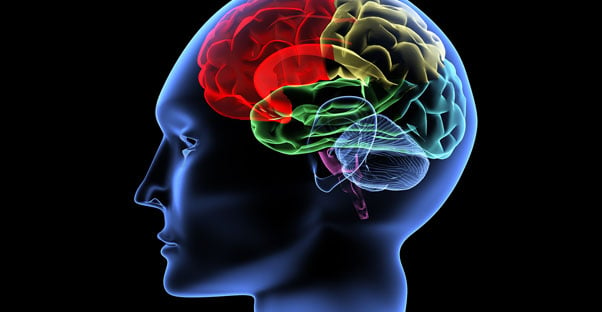The term cerebral palsy encompasses a set of disorders that affect body movement, posture and balance. This condition is the result of abnormal development or damage in certain parts of the brain that control motor activity and muscle tone. The impairments initially appear in the early years of life, typically in infancy or during the early childhood years. Limits in posture and movement restrict activity and are usually accompanied by sight-based perceptual problems, disturbances of sensation, communication ability, depth perception, and cognition.
Cerebral palsy is categorized into four types, and its most common form is spastic cerebral palsy, which occurs in 70 to 80 percent of all diagnosed cases. Other forms of CP are ataxic, athetoid/dyskinetic and hypotonic. Common causes of this condition include birth trauma during the period of labor and delivery; problems during the intrauterine development such as infection and exposure to radiation; complications during childhood or in the perinatal period; asphyxia prior to birth; and brain hypoxia. If cerebral palsy treatment is given at an early stage, a person with a CP diagnosis is more likely to learn new methods to perform challenging tasks and overcome developmental disabilities.
Cerebral Palsy Symptoms
Each form of cerebral palsy is characterized by abnormal muscle tone, reflexes, coordination or motor development. Typical symptoms include spasms, unsteady gait, balance problems and other involuntary movements such as facial gestures. Toe walking and scissor walking are also evident among people with cerebral palsy who can walk. Bone and joint deformities and permanently fixed and tight joints and muscles are common. Infants born with serious cerebral palsy usually have an unusual posture, with their bodies either very stiff or floppy. Birth defects can sometimes appear such as a small jawbone or head, and a spinal curvature.
CP symptoms may change or appear as an individual gets older. The condition usually becomes evident at ages six-and-a-half to nine months. Other CP symptoms can include sensory impairments, learning disabilities, behavioral disorders, eating problems and communication problems. Pain is also very common, and this may be due to inherent deficits related to the disorder and to the various procedures patients usually go through. People with cerebral palsy also have a high chance of experiencing severe sleep disorders due to environmental and physical factors. Some of these symptoms can be alleviated through cerebral palsy treatment.
Cerebral Palsy Treatment
The diagnosis of this disorder has initially been based on physical examination and the history of the patient. A cerebral palsy diagnosis is made if the brain damage is non progressive. Additional tests can be taken once diagnosed with the condition. Unfortunately, there is currently no cure for cerebral palsy, and medical treatment is typically limited to the prevention and treatment of complications that arise from its effects. Cerebral palsy treatment entails a lifelong and multidimensional process centered on the maintenance of related conditions.
The main aim of cerebral palsy treatment is to help patients develop various motor skills and learn how to compensate for these deficiencies. There are several types of available therapy for people with CP, as well as for parents and caregivers attending to the needs of a patient. Cerebral palsy treatment may consist of physical therapy, speech therapy, occupational therapy, as well as the use of medications to control seizures, relax muscle spasms and reduce pain. Rolling walkers, orthotic devices and communication aids can be helpful to people with CP. Surgery may be conducted to release tight muscles or correct abnormalities, and Botox may be used to relax contracting muscles. Cerebral palsy treatment may also include hyperbaric oxygen therapy in addition to various experimental treatment methods such as stem cell treatment.





